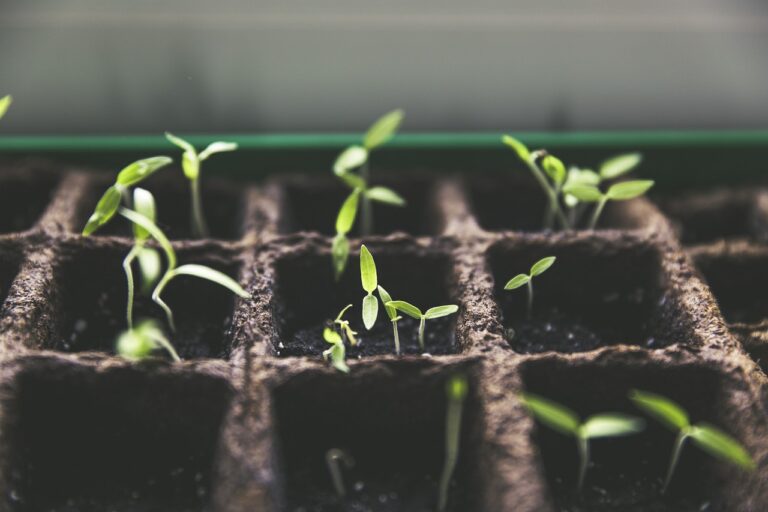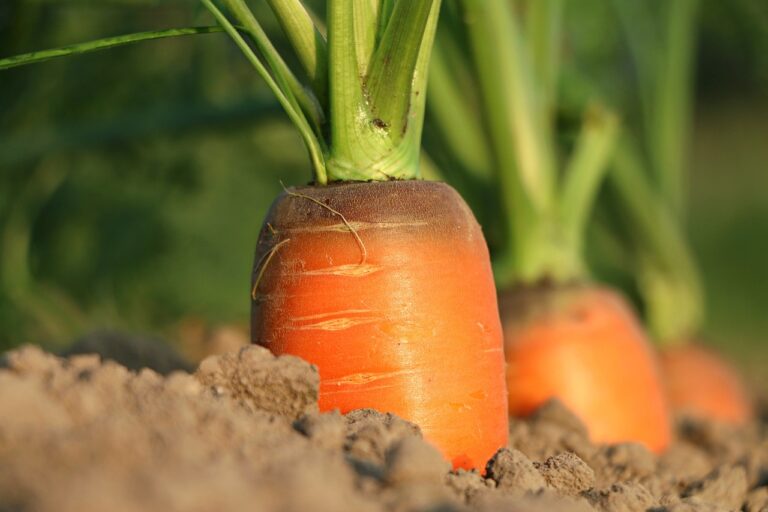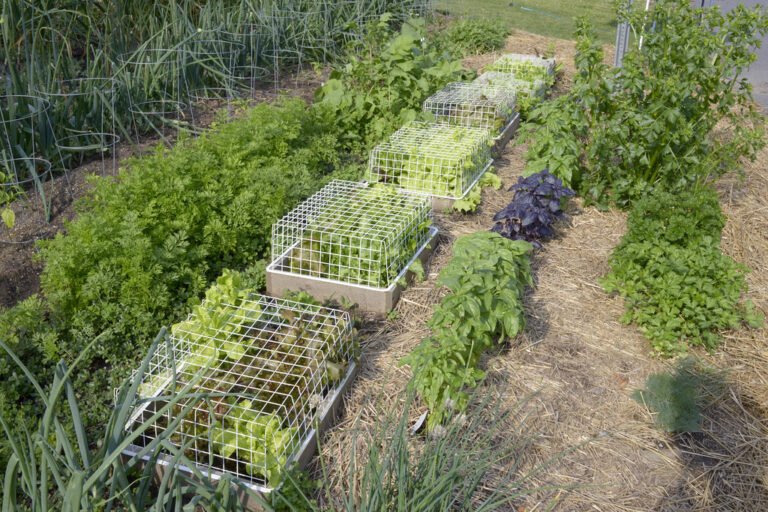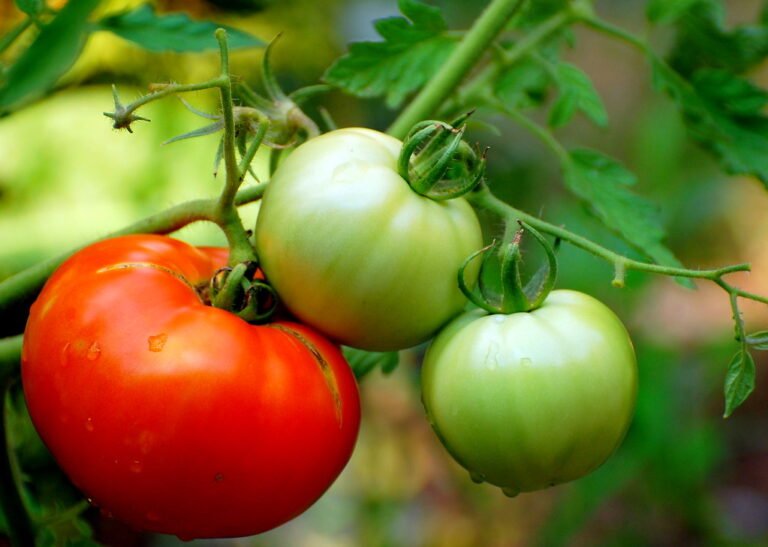A Comprehensive Guide to Growing Jalapeno Peppers
Are you ready to embark on a journey to become a master jalapeno pepper grower? Look no further! This comprehensive guide will provide you with all the information you need to successfully grow your own jalapeno peppers. From choosing the right varieties to harvesting at the perfect time, we've got you covered. Get ready to roll up your sleeves and get your hands dirty – it's time to start growing those delicious and spicy jalapeno peppers!
Choosing the Right Jalapeno Pepper Varieties
When growing jalapeno peppers, it's important for you to frequently choose the right varieties that suit your preferences and growing conditions. There are many different jalapeno pepper varieties available, each with its own unique characteristics. To start, consider the level of heat you desire in your peppers. If you prefer a milder flavor, you may want to choose varieties like Early Jalapeno or Mucho Nacho. For those who enjoy a spicier kick, varieties like Craig's Grande or Fooled You are great options. Additionally, consider the size and shape of the peppers you prefer. Some varieties, like Jalafuego or Tam, produce larger peppers, while others, like El Jefe or Fresno, have a more elongated shape. By selecting the right jalapeno pepper varieties, you can tailor your pepper-growing experience to your taste preferences and growing conditions.
Selecting the Ideal Location for Growing Jalapeno Peppers
To ensure successful growth of jalapeno peppers, you need to carefully select the ideal location that provides optimal conditions for their cultivation. Jalapeno peppers thrive in warm climates with plenty of sunlight, so choose a location that receives at least six to eight hours of direct sunlight each day. It is also important to select a location with well-draining soil to prevent waterlogged roots. If your soil is heavy or clay-like, consider amending it with compost or organic matter to improve drainage. Additionally, jalapeno peppers prefer slightly acidic soil with a pH level between 6.0 and 6.8. Conduct a soil test to determine the pH level and make necessary adjustments. Lastly, choose a location that is sheltered from strong winds, as jalapeno plants can be fragile and may require support as they grow. Remember, a well-chosen location will greatly contribute to the success of your jalapeno pepper plants.
Preparing the Soil for Jalapeno Pepper Planting
Now that you have selected the ideal location for growing jalapeno peppers, it's time to prepare the soil for planting. Start by removing any weeds or grass from the area, as they can compete with the jalapeno plants for nutrients and water. Loosen the soil using a garden fork or tiller to a depth of about 12 inches. This will help improve drainage and allow the roots to penetrate the soil more easily. Next, add organic matter such as compost or well-rotted manure to enrich the soil with nutrients. Spread a layer of about 2-3 inches over the planting area and mix it into the topsoil. Finally, rake the soil surface to create a smooth bed for planting. By preparing the soil properly, you'll give your jalapeno peppers the best chance to grow and thrive.
Planting Jalapeno Pepper Seeds or Seedlings
How do you properly plant jalapeno pepper seeds or seedlings to ensure successful growth? When planting jalapeno pepper seeds, start by filling seed trays or small pots with a well-draining potting mix. Moisten the soil, then plant the seeds about ¼ inch deep and cover with a thin layer of soil. Keep the soil consistently moist but not waterlogged, using a spray bottle to avoid disturbing the seeds. Place the trays or pots in a warm area with plenty of sunlight or under a grow light. Once the seedlings have sprouted, thin them out, leaving the strongest ones. When planting jalapeno pepper seedlings, choose a sunny location with well-drained soil. Dig a hole slightly larger than the root ball, place the seedling in the hole, and gently press the soil around it. Water the seedling thoroughly and mulch around the base to retain moisture. With proper care and attention, your jalapeno peppers will thrive.
Providing Adequate Watering for Jalapeno Pepper Plants
When growing jalapeno peppers, it is essential to ensure that your plants receive adequate watering. Water is crucial for the overall health and productivity of your jalapeno plants. The best way to provide adequate watering is by using a drip irrigation system or a soaker hose. These methods deliver water directly to the plant's root zone, minimizing water waste and preventing foliage diseases. It is important to water your jalapeno plants consistently, ensuring that the soil remains evenly moist but not waterlogged. A good rule of thumb is to water deeply once or twice a week, depending on the weather conditions. Monitor the soil moisture regularly and adjust your watering schedule accordingly. Remember to water in the morning to allow the foliage to dry before evening, reducing the risk of fungal infections. Providing adequate watering will help your jalapeno pepper plants thrive and produce a bountiful harvest.
Fertilizing Jalapeno Pepper Plants for Optimal Growth
To ensure optimal growth and productivity of your jalapeno pepper plants, it is crucial to provide them with the right amount of fertilizer. Fertilizing your plants helps replenish essential nutrients in the soil, promoting healthy growth and abundant fruit production. When choosing a fertilizer, look for one that is high in nitrogen, phosphorus, and potassium, as these elements are crucial for plant development. A balanced fertilizer with an NPK ratio of 10-10-10 or 14-14-14 is ideal for jalapeno peppers. Apply the fertilizer according to the manufacturer's instructions, avoiding direct contact with the plant stems or leaves. It is best to fertilize your plants every two to three weeks during the growing season, starting when the plants have a few sets of true leaves. Regular fertilization will help your jalapeno pepper plants thrive and produce a bountiful harvest.
Protecting Jalapeno Pepper Plants From Pests and Diseases
To protect your jalapeno pepper plants from pests and diseases, it is important to take proactive measures. Start by inspecting your plants regularly for any signs of infestation or disease. Look for common pests like aphids, spider mites, and whiteflies, as well as diseases such as bacterial spot and powdery mildew. If you notice any issues, act quickly to prevent further damage. Use organic insecticides or insecticidal soaps to control pests, and prune any infected leaves or branches to stop the spread of diseases. Ensure that your plants have proper air circulation and sunlight to prevent fungal diseases. Additionally, practice crop rotation and avoid planting jalapeno peppers in the same spot year after year to minimize the risk of pests and diseases. By following these steps, you can keep your jalapeno pepper plants healthy and thriving.
Pruning and Supporting Jalapeno Pepper Plants
To maintain the health and productivity of your jalapeno pepper plants, it is essential to properly prune and support them. Pruning helps to promote air circulation, reduce the risk of diseases, and stimulate new growth. Start by removing any dead or damaged branches, as well as any suckers that may be growing from the base of the plant. This will redirect the plant's energy to the main stem and encourage better fruit production. Supporting your jalapeno plants is crucial to prevent them from bending or breaking under the weight of the peppers. You can use stakes or cages to provide support. Place the stakes or cages in the ground near the base of the plant and gently tie the main stem to the support structure as it grows. Regularly check and adjust the ties as the plant continues to grow.
Harvesting Jalapeno Peppers at the Right Time
When it comes to harvesting jalapeno peppers, it is important to know the right time to pick them for optimal flavor and heat. The ideal time to harvest jalapenos is when they have reached their mature size and have turned a deep green color. Avoid picking them when they are still small and pale green, as they may lack the full flavor and heat that jalapenos are known for. However, do not wait too long to harvest them, as they will eventually turn red and become much spicier. To harvest jalapenos, simply grasp the pepper firmly near the stem and twist it gently until it breaks free from the plant. Remember to wear gloves when handling jalapenos, as their oils can cause skin irritation.
Storing and Preserving Jalapeno Peppers for Later Use
For optimal storage and preservation of jalapeno peppers, you should store them in a cool, dry place. After harvesting your jalapeno peppers, it is important to handle them with care to ensure their quality and flavor are maintained for later use. Begin by gently washing the peppers with cool water to remove any dirt or debris. Next, dry them thoroughly using a clean towel or paper towels. Once dry, place the peppers in a perforated plastic bag or a paper bag with a few small holes to allow for air circulation. Store the bag in a cool, dry place, such as a pantry or refrigerator. Avoid storing them in direct sunlight or in a humid environment, as this can cause them to spoil more quickly. By following these simple steps, you can enjoy the delicious taste of jalapeno peppers long after harvest.
Conclusion
In conclusion, growing jalapeno peppers can be a rewarding and enjoyable experience. By choosing the right varieties, selecting an ideal location, preparing the soil, and providing proper care, you can have a successful harvest. Remember to protect your plants from pests and diseases, prune and support them as needed, and harvest the peppers at the right time. With proper storage and preservation techniques, you can enjoy jalapeno peppers long after the growing season is over. Happy gardening!





